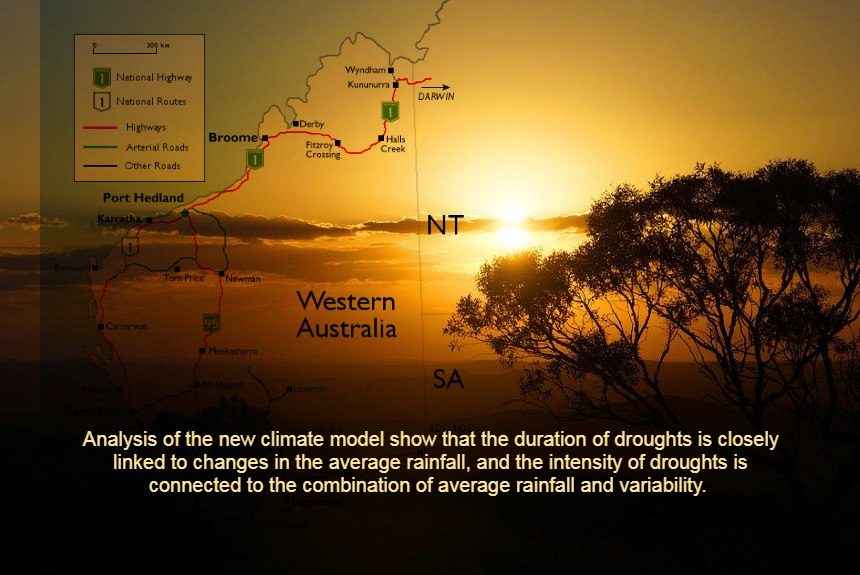The latest climate model predicts more intense droughts. The analysis is from CMIP6, the newest generation of climate models created by Australian researchers.
It shows that southwestern Australia and parts of southern Australia will see longer and more intense droughts due to the lack of rainfall that climate change will cause.
Not only Australia but many important agricultural and forested regions in the Amazon, Mediterranean, and southern Africa will suffer the same fate.
The lead author, Dr Ann Ukkola, said future drought is linked to the amount of greenhouse gases emitted into the atmosphere.
Earlier research on drought only examined changes in average rainfall to determine how droughts will alter with global warming. With climate change, rainfall will become increasingly variable.
Analysis of the new climate model shows that the duration of droughts is closely linked to changes in average rainfall, and the intensity of droughts is connected to the combination of average rainfall and variability. By combining the measures of rain variability and mean rainfall, researchers can give a clearer picture of how droughts would change for some regions.
Interestingly, researchers could not locate any regions that will have a reduction in future drought intensity. Even with increases in rainfall, such as in central Europe, we can still expect future severe droughts.
The research’s implications are clear: the more we act on reducing emissions, the less impact intense drought will have on our economy and suffering in the future.
To read the entire research, CLICK on the link below:
Sources
University of New South Wales. (2020, June 2). Latest climate models show more intense droughts to come. ScienceDaily. Retrieved June 2, 2020 from www.sciencedaily.com/releases/2020/06/200602110121.htm
Ukkola, A., De Kauwe, M.G., Roderick, M., Abramowitz, G., & Pitman, A. (2020 May 10). Robust future change in meteorological drought in CMIP6 projections despite uncertainty in precipitation. Geophysical Research Letters, 2020; DOI: 10.1029/2020GL087820



Leave a Reply